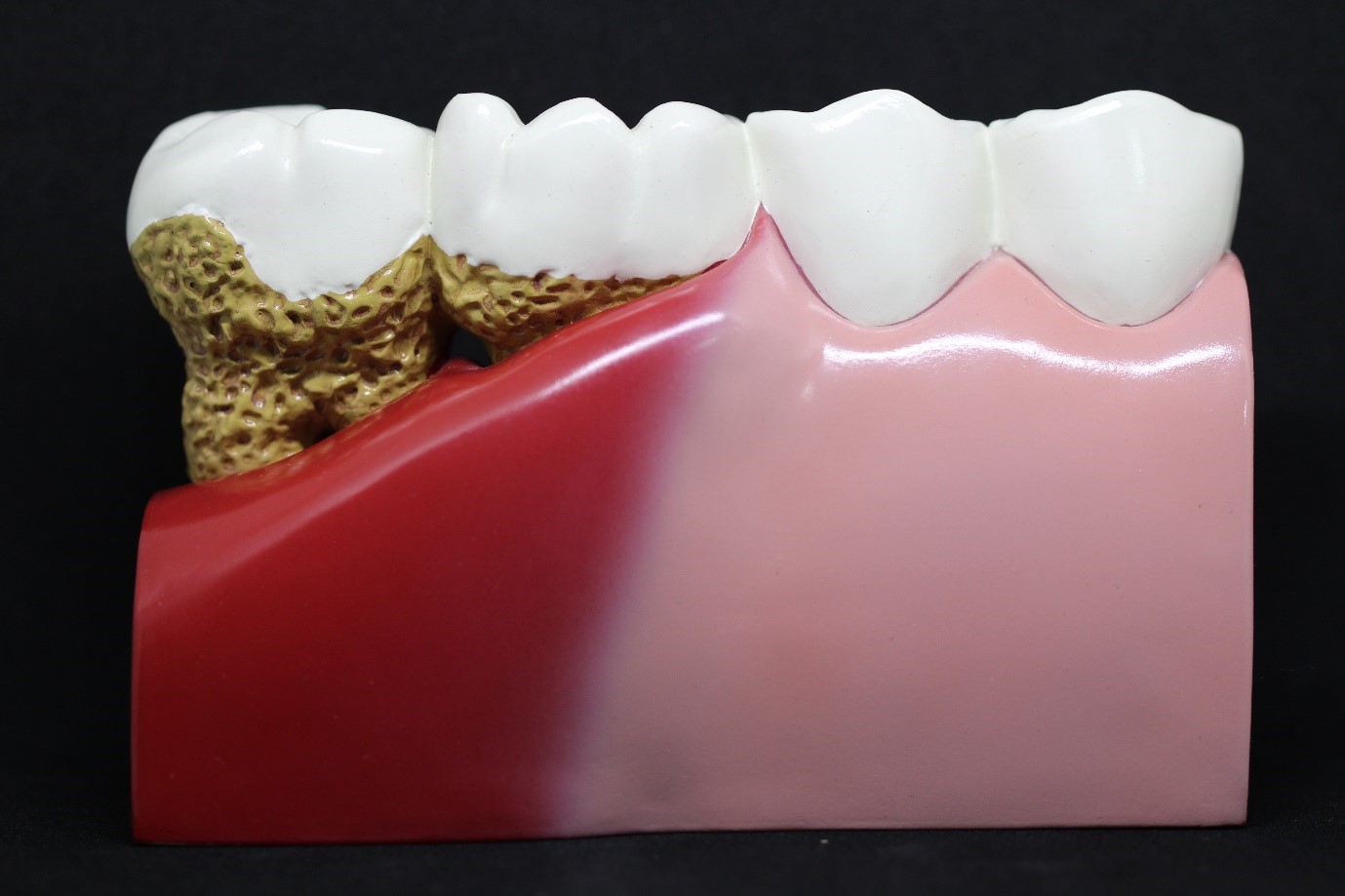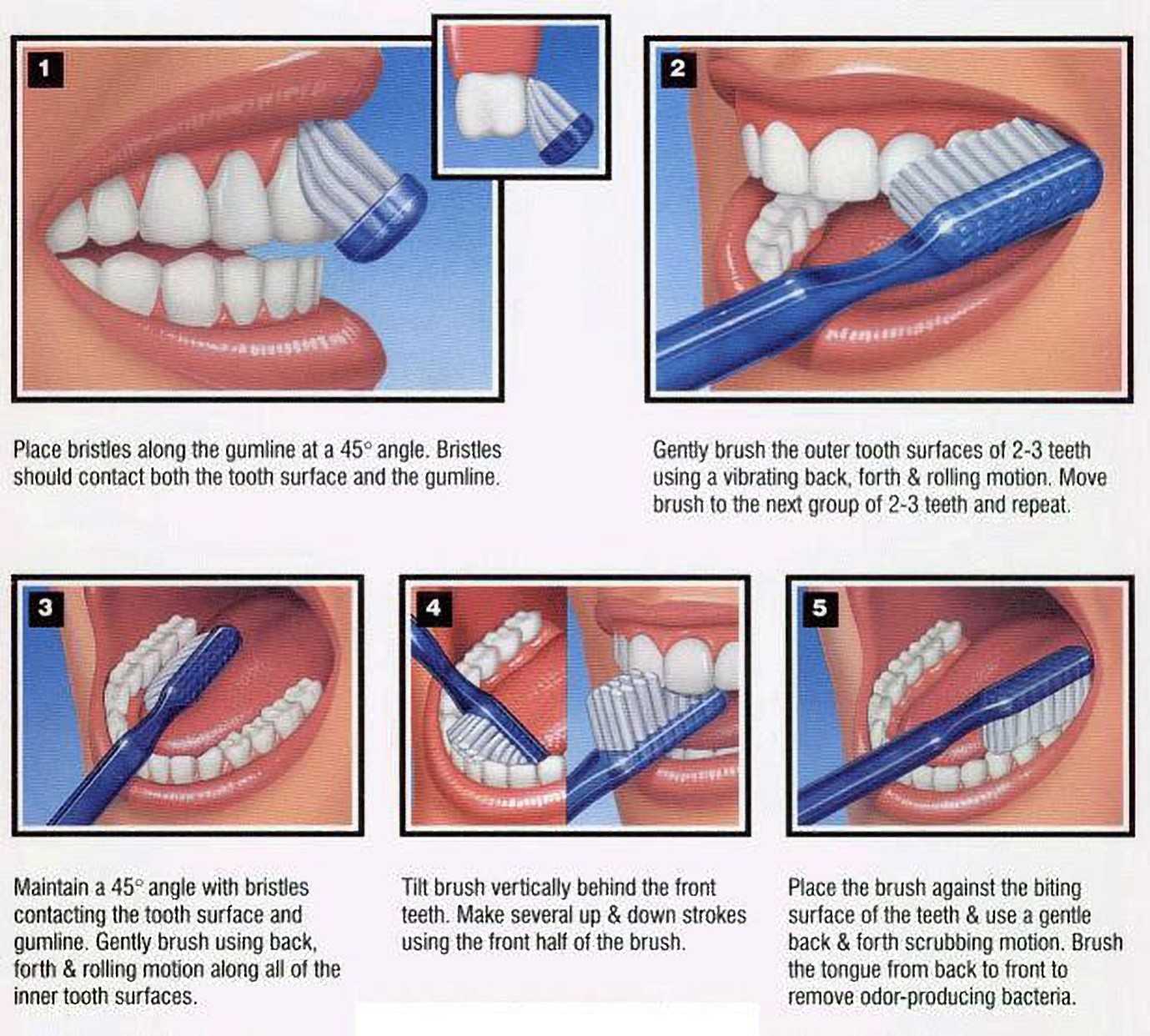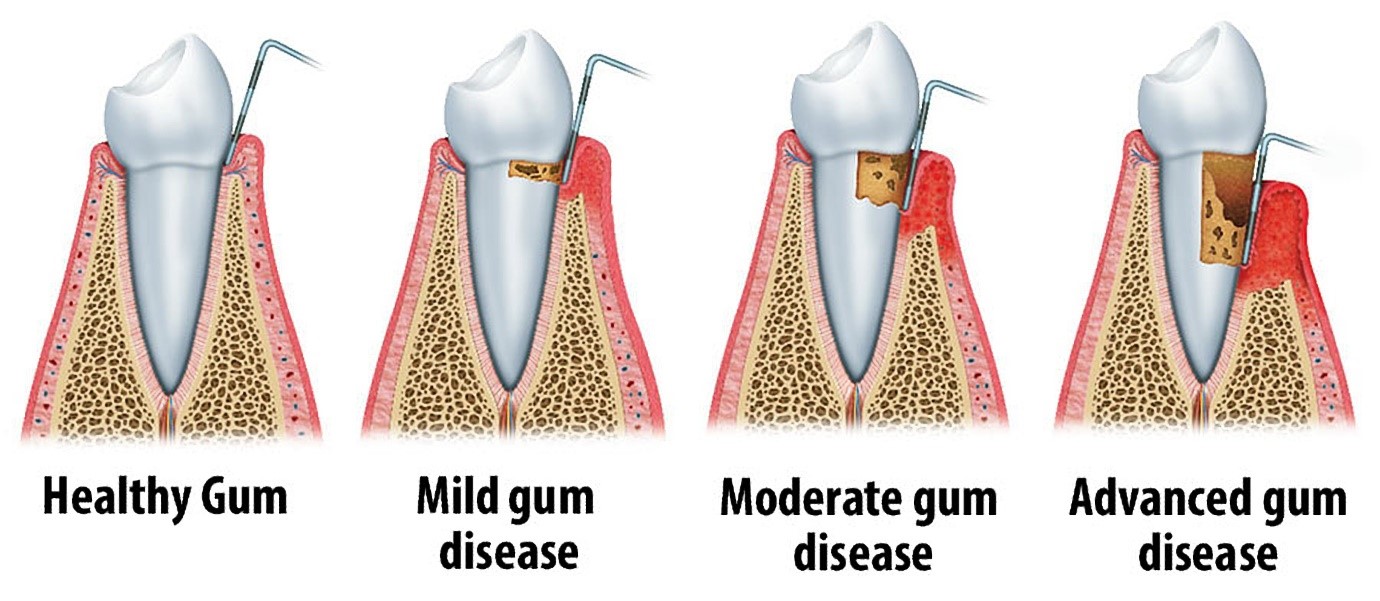Just like taking a shower to stay clean and healthy, brushing your teeth twice a day, flossing regularly and maintaining good oral hygiene ought to be an integral part of your day to avoid gum diseases. But how do you know if your gums are healthy? Simple. Your gums will tell you when they’re not in the pink of health. They will become swollen, sore, infected – leading to bad breath – or they bleed when you brush your teeth. All of which could lead to tooth decay and eventually tooth loss. If you have never experienced this, then you are one of the lucky few because 9 in 10 Malaysian adults have experienced periodontal disease and dental caries, based on a study by our Health Ministry. Fortunately, when diagnosed early, you are already moving towards better oral health. This is because early stage of gum disease, better known as gingivitis, could develop into periodontitis or severe gum disease if left untreated. Prevention is always better than cure so we’ll let Dr Hussein Al-Wakeel, Head of Oral Health Centre at IMU Healthcare walk us through how we can go about maintaining healthy gums.  What Causes Gum Disease? To prevent gum diseases, we first need to understand the terms plaque, tartar, bacteria and the roles they play in causing havoc to our gums. Plaque contains a multitude of bacteria and is a colourless, soft and sticky film that builds up on your teeth, as well as in and around the deep crevices of your molar. Plaque bacteria produce toxins that irritate gum tissues causing them to become reddened, inflamed and bleed. If not controlled, gum disease can spread to the supporting fibres and bone that hold teeth in place and eventually cause the teeth to become loose. “When plaque is not removed on a daily basis through the brushing and flossing of teeth, it hardens into tartar, which is a brown or yellow mineral build-up that is clearly visible below and above the gum line. When these three elements continue to accumulate with time, what you have is a ticking time bomb waiting to implode – swollen, red and bleeding gums when you brush your teeth. This is what we call gingivitis, the early stage of a gum disease”, explains Dr Wakeel. Gingivitis Our gums are an active component of disease-fighting mechanism that protects our teeth. When plaque and tartar build up, our gums respond by sending a signal to our defence cells – the outer layer of the gums – to get our body’s immune system activated. Thus, gingivitis usually makes its presence known loud and clear. Visible symptoms such as bleeding, enlarged, swollen and red gums are tell-tale signs. The good news is during this first stage of the disease there is still hope if treated early. This is when you seek professional help and visit your friendly neighbourhood dentist so that the affected area could be cleaned up. Your dentist will also share with you tips on how to maintain good oral hygiene to prevent tooth loss.
What Causes Gum Disease? To prevent gum diseases, we first need to understand the terms plaque, tartar, bacteria and the roles they play in causing havoc to our gums. Plaque contains a multitude of bacteria and is a colourless, soft and sticky film that builds up on your teeth, as well as in and around the deep crevices of your molar. Plaque bacteria produce toxins that irritate gum tissues causing them to become reddened, inflamed and bleed. If not controlled, gum disease can spread to the supporting fibres and bone that hold teeth in place and eventually cause the teeth to become loose. “When plaque is not removed on a daily basis through the brushing and flossing of teeth, it hardens into tartar, which is a brown or yellow mineral build-up that is clearly visible below and above the gum line. When these three elements continue to accumulate with time, what you have is a ticking time bomb waiting to implode – swollen, red and bleeding gums when you brush your teeth. This is what we call gingivitis, the early stage of a gum disease”, explains Dr Wakeel. Gingivitis Our gums are an active component of disease-fighting mechanism that protects our teeth. When plaque and tartar build up, our gums respond by sending a signal to our defence cells – the outer layer of the gums – to get our body’s immune system activated. Thus, gingivitis usually makes its presence known loud and clear. Visible symptoms such as bleeding, enlarged, swollen and red gums are tell-tale signs. The good news is during this first stage of the disease there is still hope if treated early. This is when you seek professional help and visit your friendly neighbourhood dentist so that the affected area could be cleaned up. Your dentist will also share with you tips on how to maintain good oral hygiene to prevent tooth loss.
Dr Wakeel advise those experiencing symptoms of gingivitis to visit the dentist immediately as gingivitis if left untreated, can lead to more severe gum infection. The body’s immune system can get overwhelmed by the infection, and bacteria will attack the bone of the teeth, which is the second layer of defence. When this happens, bone loss occurs leading to the start of periodontitis.
Periodontitis Periodontitis is a severe form of gum disease that can lead to the separation of teeth from gums – weakening the part of the gum that seals your teeth and affecting the covering of your dental roots. These spaces are called ‘periodontal pockets’ and can result in further inflammation due to the trapped bacteria. Because of bone loss due to the attack of the bacteria, you will also begin to notice longer teeth, difficulty in chewing, looseness of teeth and even tooth loss. Reduced ability to chew can cause patients to limit their diet and this could impact overall health. Recent study showed that the economic burden of managing all cases of periodontitis at the national level from the societal perspective was approximately RM 32.5 billion. Steps to Better Gum Care For patients with gum diseases, if the dentist finds no recession in gums, it is recommended to use the modified bass brushing technique:
- Hold your toothbrush sideways against your teeth, with some of the bristles touching your gums.
- Angle the brush so that the bristles are at a 45-degree angle and pointed at your gum line.
- Using short strokes, begin repetitively moving the brush back and forth. You can also include tiny circular motions using the brush. This will enable the bristles to gently slide under the gum area. Repeat the strokes about 20 times.
- Ensure that you do not miss out on any tooth, focusing on the insides and outsides.
 In a nutshell, here are a few things you ought to abide by religiously to keep your teeth clean, gums healthy and breath fresh. Dr Wakeel recommends, “Brush your teeth at least twice a day, as plaque can easily be removed with just one to two strokes of the toothbrush, followed by regular flossing. Always ensure that you visit the dentist at least twice a year for regular check-ups and professional cleaning because certain parts of your teeth are not easily accessible, thus, requiring professional assistance. Last but not least, try to avoid smoking and eat a balanced diet. All of the above may seem like a hassle, but a little deed can save you from a lifetime of diseases and pain. If you do feel something amiss with your gums, please consult a dentist to seek professional help”. References: http://ohd.moh.gov.my/v3/index.php/en/faq/oral-health-faqs12 https://mda.org.my/502-healthcare.html This article is brought to you by IMU Healthcare.
In a nutshell, here are a few things you ought to abide by religiously to keep your teeth clean, gums healthy and breath fresh. Dr Wakeel recommends, “Brush your teeth at least twice a day, as plaque can easily be removed with just one to two strokes of the toothbrush, followed by regular flossing. Always ensure that you visit the dentist at least twice a year for regular check-ups and professional cleaning because certain parts of your teeth are not easily accessible, thus, requiring professional assistance. Last but not least, try to avoid smoking and eat a balanced diet. All of the above may seem like a hassle, but a little deed can save you from a lifetime of diseases and pain. If you do feel something amiss with your gums, please consult a dentist to seek professional help”. References: http://ohd.moh.gov.my/v3/index.php/en/faq/oral-health-faqs12 https://mda.org.my/502-healthcare.html This article is brought to you by IMU Healthcare.









